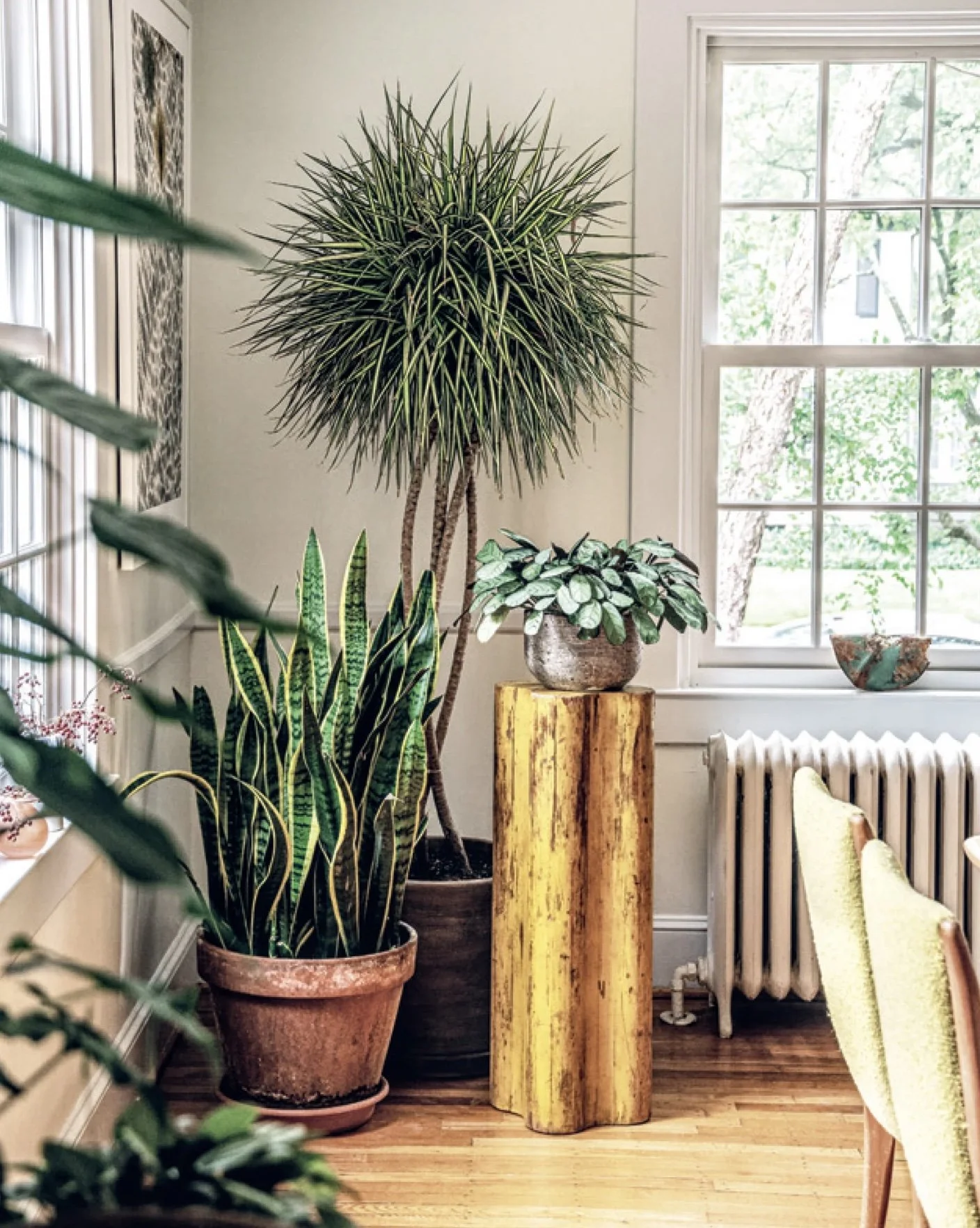HoX: The WHY
Simon Senek and his book The Golden Circle, were first introduced to me a few years ago while I was working at One Workplace in Oakland, California. There, I worked as a designer on the Learning Environments team with an amazing group of creatives, directors, coordinators, and sales professionals on education and healthcare projects throughout Northern California.
The Golden Circle stuck with me as it became a prompt in my professional and personal life to always factor in my Why. As a creative, I have always had an innate desire to experience fulfillment in the work I do. Whether it was the feeling of helping someone or an organization or creating something that incited emotion, motivation, or passion, those sentiments have been a part of my Why as a designer.
In discovering my own Why and learning to employ it in my professional life, I have gained a certain sense of intentionalism in everything I do.
Operating from the lens of a creative mindset and my art school education in Philadelphia, I believe in the psychology behind design—the understanding and knowledge that our spaces impact us individually and collectively on every level: mentally, emotionally, physically, and yes, even spiritually.
I would go even deeper to say that our spaces, especially our homes, are directly connected to our overall health. Humans spend on average 85-90% of their lives indoors (more or less depending on one's lifestyle). How then can our spaces be improved upon to support a lifestyle of increased wellness?
Could it be possible that individuals and communities can address issues of wellness through addressing issues of design?
How can designers strategically engage to uncover design challenges and find solutions?
Design is more than just aesthetics and an Instagram-worthy shot—it is about improving, transforming, and holistically crafting spaces to support lifestyles focused on wellness.
Living through the pandemic, many of us came to similar epiphanies—our spaces were either supporting us through the global crisis or not. During that time of uncertainty, one thing became certain: if we were to spend so much time indoors, indoors needed to reflect a space, a feeling, where we not only felt good being in but where we could feel safe and healthy. In addition to manic cleaning during the time, I redid my own bedroom during those early months of 2020, along with a DIY fireplace remodel that took months to complete. I had purchased a new bed weeks before the lockdown began, so when my two teenagers were delegated to virtual learning at home, I decided to truly focus on turning my bedroom into my own personal inspiring retreat, purchasing plants, lamps, and art for my sanctuary.
On social media, there was an uptrend in accounts focused on DIY home and garden projects and biophilia—the study of bringing elements of nature into our spaces. Take Hilton Carter, for example, a popular social media figure, entrepreneur, artist, and author. With a healthy following hovering close to a million, Hilton demonstrates his passion and expertise in interior styling and biophilia. In one of his books, Living Wild, he sheds insight on designing a “Living Home,” addressing all the elements from color, lighting, and materiality. I don't know his personal why, but there is fact-based scientific research on the impact of air quality on our health. There is scientific research behind the study of biophilia. For example, NASA's published list of house plants that improve air quality. Based on the clean air study conducted in 1989, NASA determined that certain plants can act as a natural air filter to remove organic air pollutants. The levels of air pollutants correlate to the levels of carbon dioxide in the air, which is directly related to cognitive performance—furthermore, having an effect on our mood and emotions.
There is a glaring need to address elements of wellness-based design, and that is written into the DNA of who I am as a designer.
Image from Hilton Carter’s book
“Have you ever walked into a plant nursery or greenhouse and instantly felt a change in the air? The feeling of calm that washes over you as you tilt your head back, close your eyes, and take a deep breath. This is the feeling you’re looking to replicate when you bring plants into your home.”
– Hilton Carter, in Wild at Home
I leave this here, in the same manner I leave my Mom lectures with my kids—as food for thought.
In future posts, we will dive more into specific areas of wellness and how to address them with thoughtful design consideration.
Thank you for stopping by to see what we are all about.
Always feel free to reach out with any questions, thoughts, or topics.
Shared with Love,




